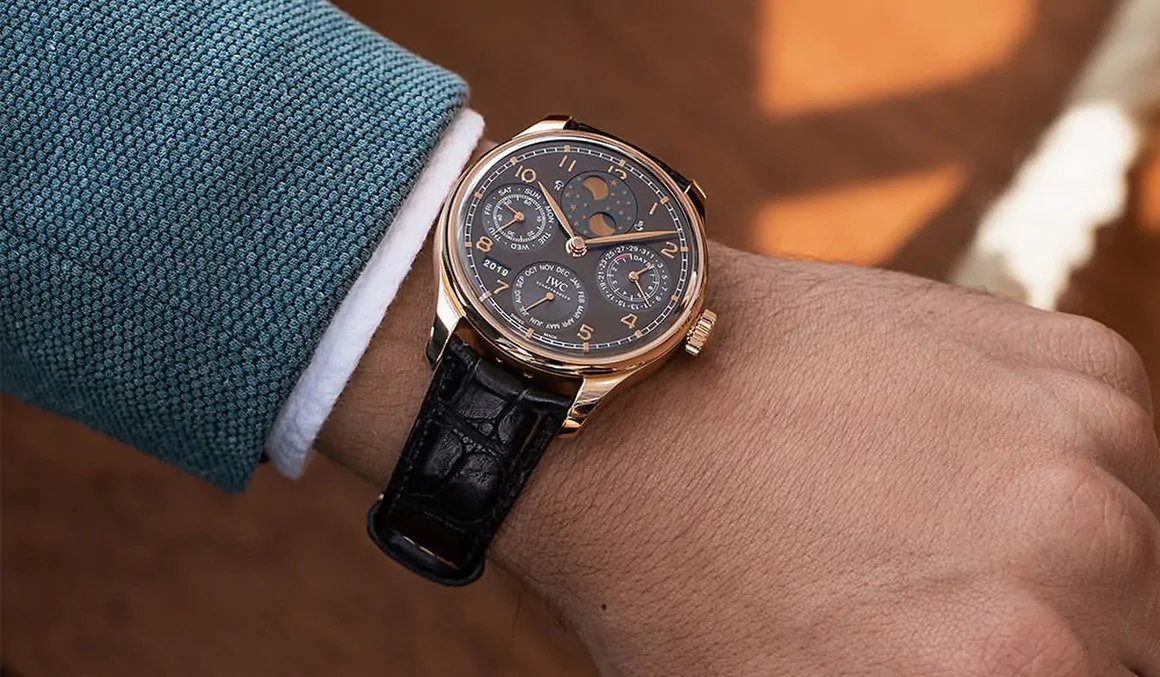How to Find Your First Watch: An Ultimate Gentleman’s Guide

Your first experience of anything significant is something that you will most likely never forget. Whether it be getting your first job or having your first heartbreak, it’s sure to evoke memories well into the future. As a gentleman of style, probably one of those life experiences that will remain fresh in your mind, no matter how many years may pass, is that of buying your first watch.
Whether or not you are investing in a watch primarily for its time-telling purpose or style, sporting that accessory on your wrist is often associated with success. It’s a symbol that is largely understood in the world of watchmaking. Taking this into account, you want to be sure that you’re making the right decision when it comes to watches. This much is true when we’re talking about a watch from a brand as prestigious as Rolex.
A Complete Guide to Buying Your First Watch
With today’s watches coming in a variety of styles, complications, and designs, purchasing your first timepiece is anything but simple. But, to help you get started, we are discussing three factors you should know in a watch: style, movement, and complications.
Style
Dress watches, digital watches, and sports watches. There are a plethora of functional men’s wristwatches, each equipped with impressive features and compelling specs. While no style is superior to the other, we have focused on ones you would wear to class up an outfit.
• Dress Watches
A watch of choice for the well-to-do gentlemen, a dress watch is the epitome of class and style. It’s often simple and thin, with the lack of flashy elements that would draw attention to itself. The dial features simple hour indexes and at the most, a date or moon display. It’s almost always presented in either leather or metal bracelets, making it appropriate for dressier, more formal occasions. It’s best to try out different materials and shapes but also see which brands you prefer. Buying a Rolex watch is always a good choice since the brand suits formal outfits perfectly.
• Field Watches
The history of field watches is rooted in WWI when officers required watches that could withstand battles, while still looking good. They used it to coordinate attacks and tell time at night at the same time. With that, field watches have a military-looking vibe with a rugged yet stylish appeal. Some of their distinctive features include large numerical indexes, stainless steel cases, and leather or canvas straps.
• Dive Watches
As the name suggests, dive watches are designed for watch fans who spend their weekends near or in the water. Their key selling point is that they’re water-resistant, with some being made to resist up to 300m of water depth or more. James Bond is probably the most famous fictional character who had been sporting a dive watch, including a Rolex Submariner or another timepiece from Omega.
• Pilot Watches
Pilot watches are some of the first purpose-specific watches designed to make timekeeping easy for aviators. While the features of these watches widely vary, what they have in common are easy-to-read faces, owing to their oversized dials with clean, legible numbers, and luminous hands. Most aviator watches are also equipped with the chronograph function which determines the speed and distance traveled.
• Driving Watches
Much like aviators, race car drivers also rely on accurate timekeeping. Rolex was one of the first brands to capitalize on the market demand for accurate watches by outfitting drivers with their world-famous Oyster watch. Other brands like TAG Heuer also followed suit, adding a chronograph and tachymeter to their racing watches. These watches generally look flashier than pilot watches, thanks to their larger dials and robust materials that are designed to withstand the rigors of car racing.
Movements
The watch movement encompasses not only the sweep of its hands but the mechanisms that trigger that effect as well. It’s basically the heart of the watch that allows it to function and keep track of time. There are three types of watch movements known today:
• Mechanical – A type of movement that is powered by a mainspring—a coiled metal wire, which when hand-wound causes the second hand to move in a smooth, sweeping motion. With mechanical watches, no batteries are required. Plus, the level of engineering and craftsmanship that goes into making this movement just adds up to its value. However, it’s the same reason they’re on the expensive side as well.
• Automatic – Automatic watches are quite similar to mechanical in the way that they are powered by a mainspring. The only difference is that they don’t require manual winding to keep them ticking, hence the term automatic in its name, which is also sometimes called self-winding. These watches don’t require batteries, either. But, the downside is that they tend to be less accurate than mechanical ones.
• Quartz – Of the three, Quartz watches tend to be the most affordable. Instead of a mainspring, they are powered by a small battery that moves the second hand on the face. They have a distinctive tick, tick, tick sound which is not as smooth as the sweeping movement of a mechanical or automatic watch. Besides being affordable, quartz watches are also prized for their accuracy and easy maintenance requirements.
Complications
At the least, a watch should be able to tell you the time. But, many timepieces today also display calendars, alarms, or even the moon phase. These additional features are called complications which further add value to the accessory. What complications you want in a watch is all a matter of preference. You can opt to have a dress watch that usually has one to none or go for more sporty watches that call for more complications like chronographs or a tachymeter.
The Perfect Watch For You
In addition to these factors, you should also consider the budget you’re willing to spend on a watch. The question of whether or not a watch is expensive is relative, and it largely depends on the type of watch we’re talking about.
If you’re looking to buy a Rolex, you should expect to pay at least $5,000 or more. This brand has created the perception that its watches are worth thousands of dollars and for good reasons. Whether it’s your first watch or not, a Rolex watch makes a worthwhile investment that maintains value over time. This comes helpful if you’re looking to pass down this piece to the next generations or you’re planning to sell it at a higher value in the future.




